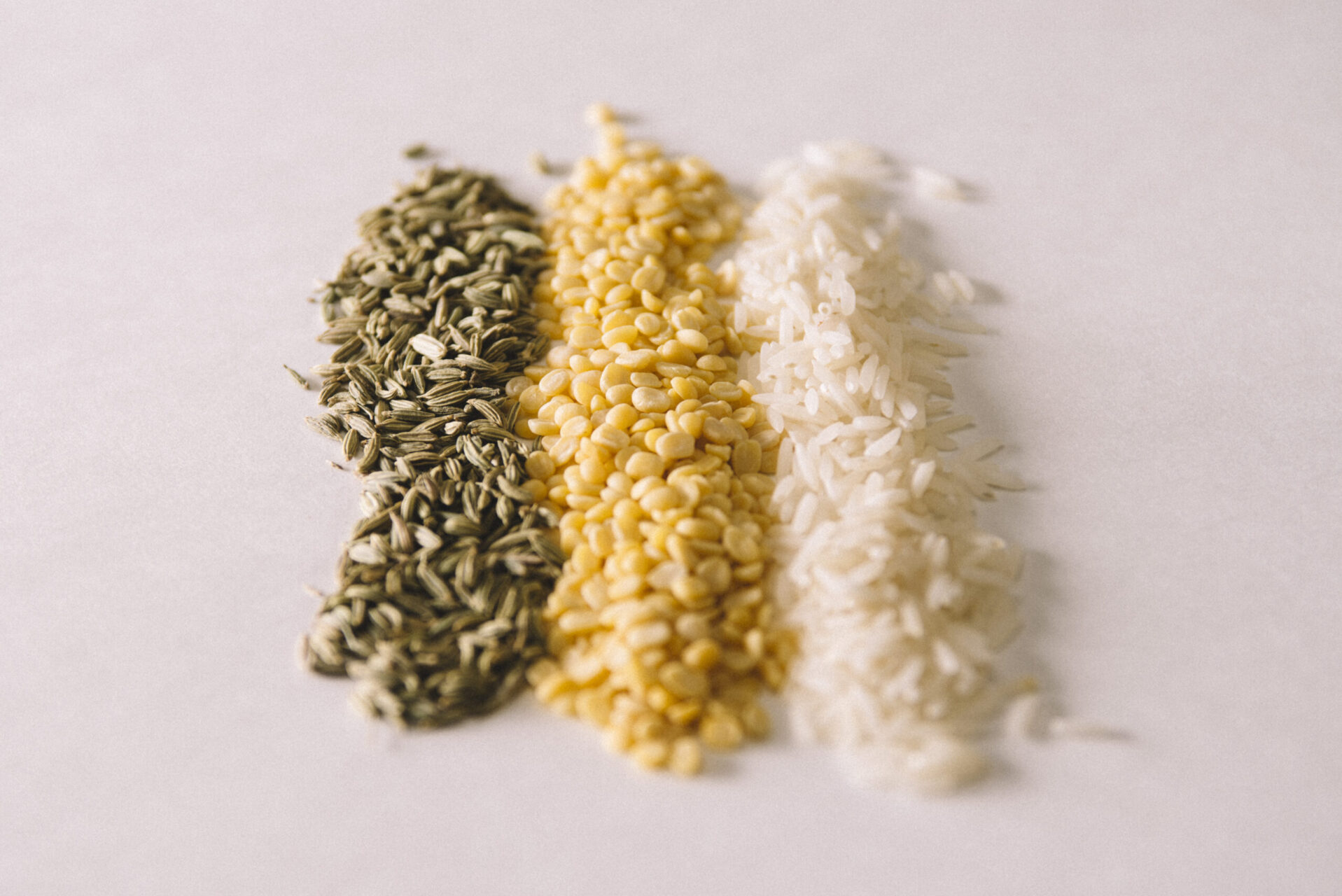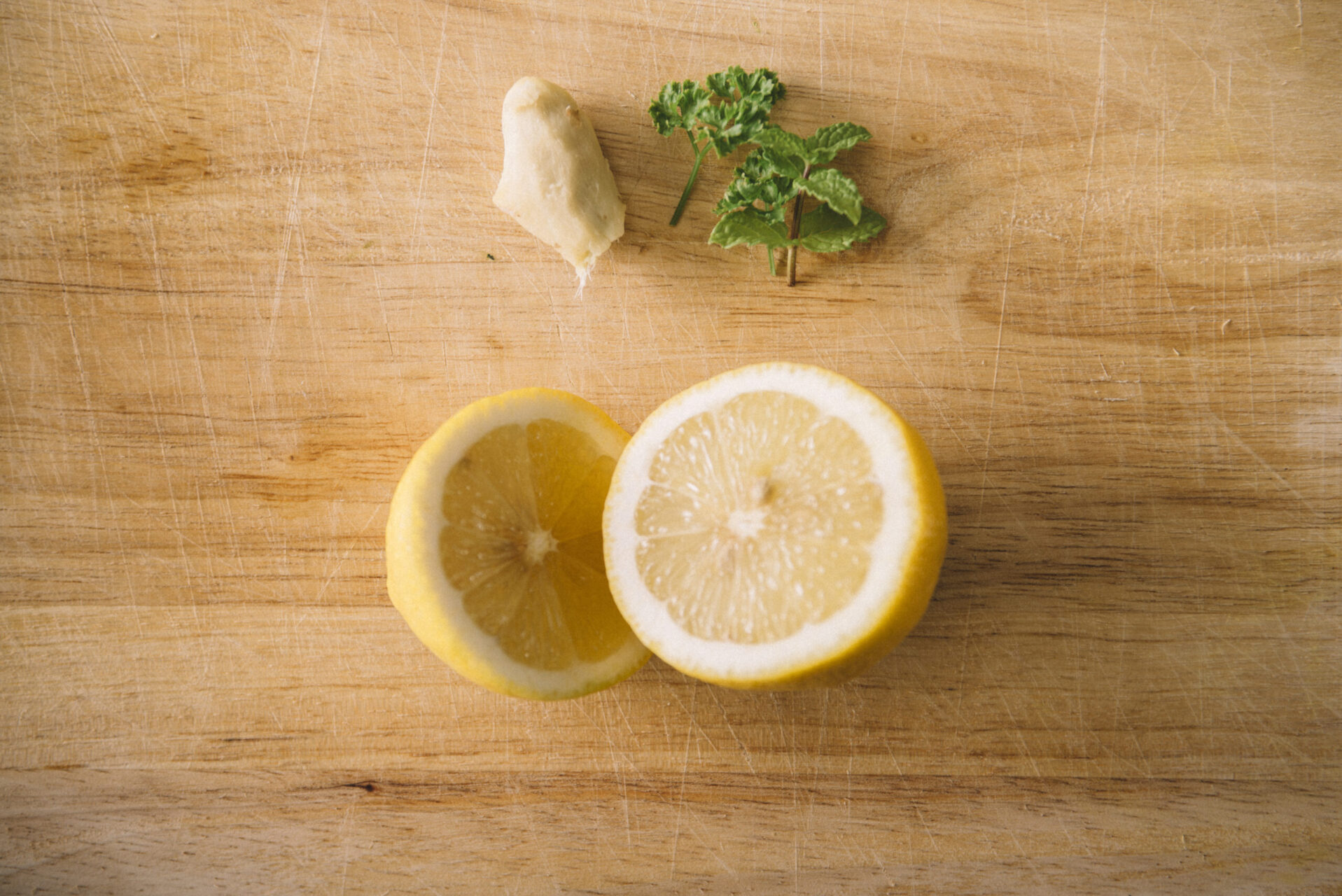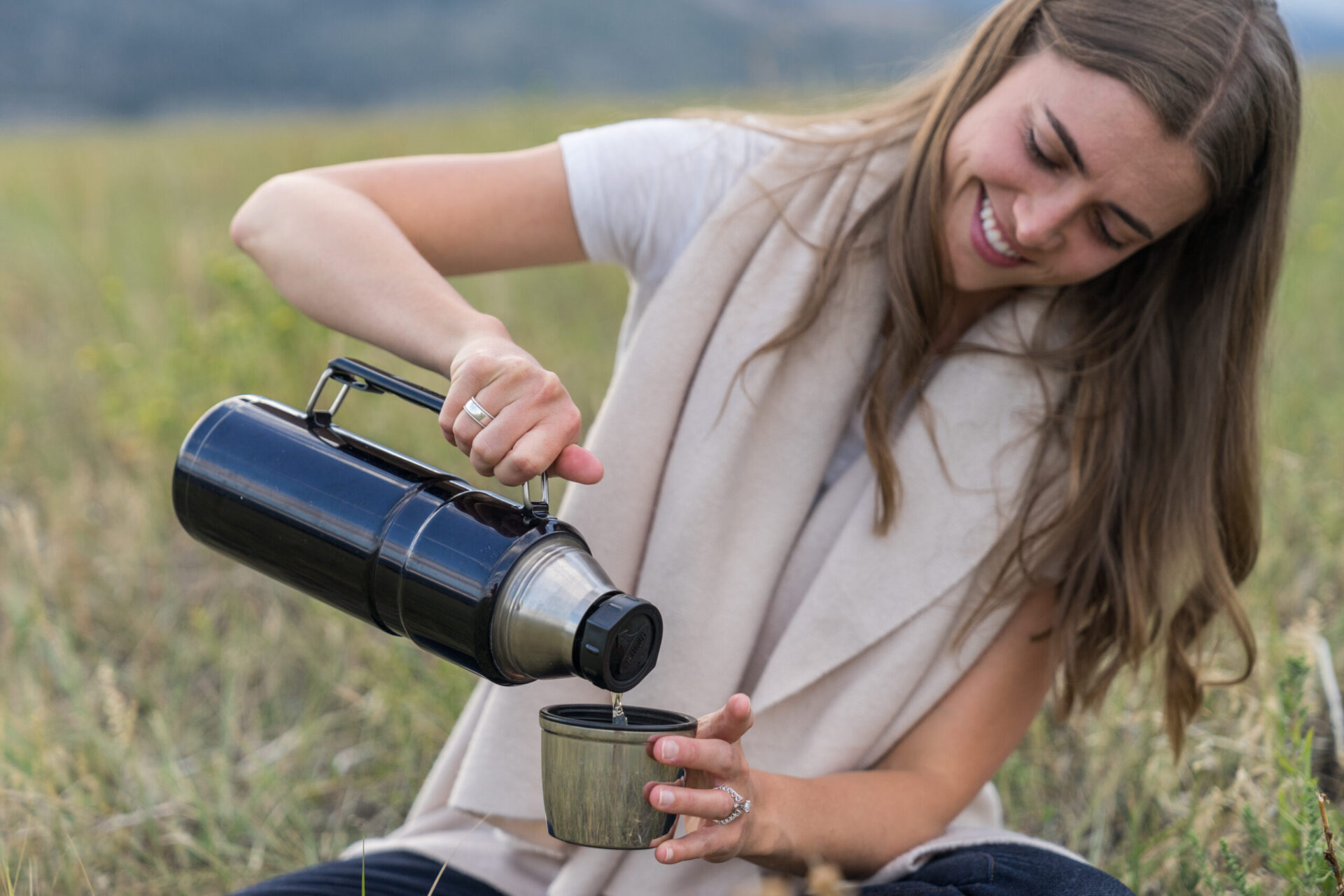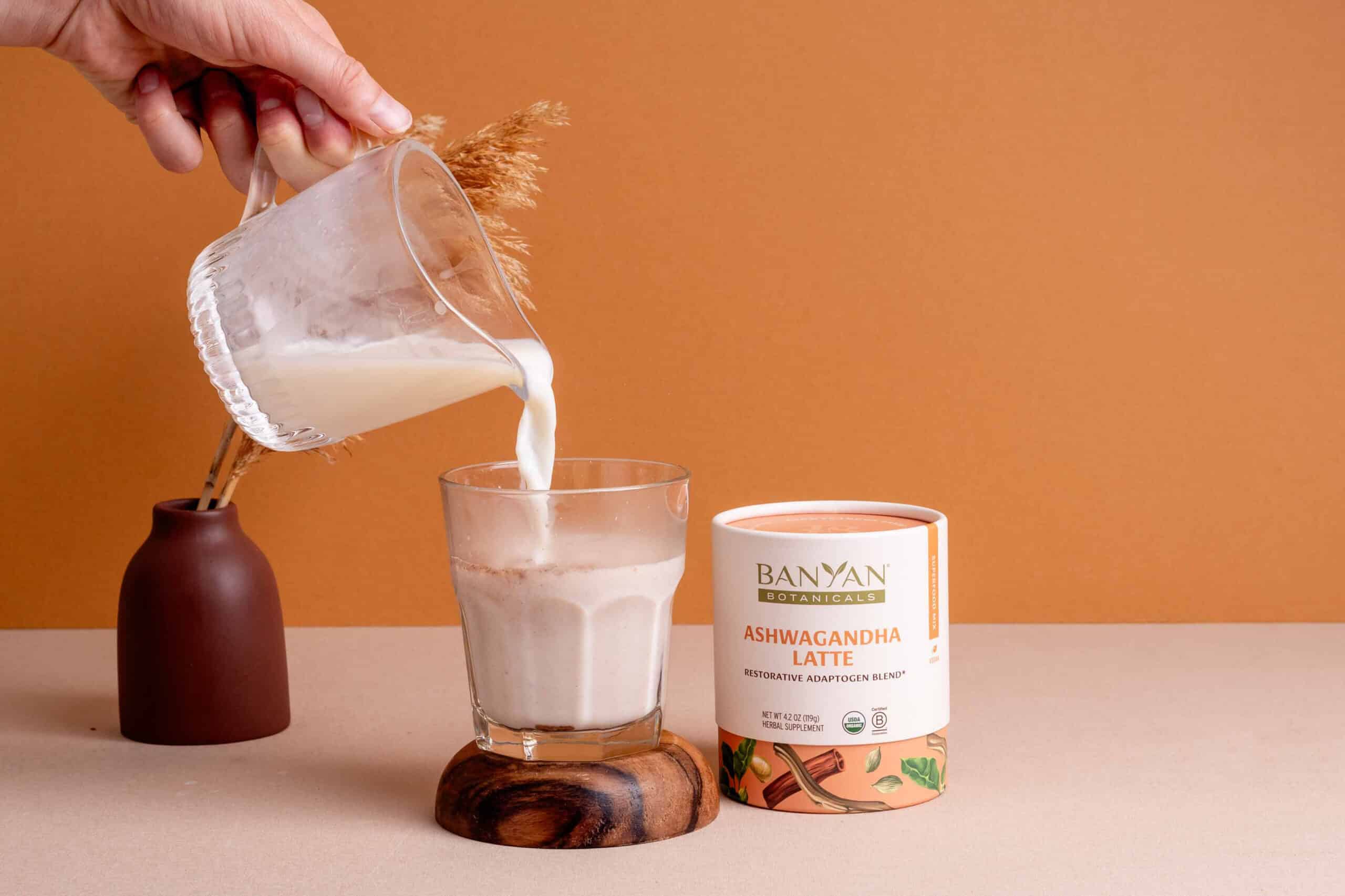Ayurveda + Eating for Your Dosha : Take Ownership of Your Internal Wellbeing | By Lisa Blake
“Ayurveda + Eating for Your Dosha” Originally published in the Summer + Fall 2020 issue.
Freshly prepared and seasonal food is key to quality nourishment for mind, body and spirit. But to reach true balance and internal harmony, we need to take a close look at digestion, lifestyle and consciousness.
Colorado Ayurvedic healer Madison Waggoner found her calling in this dance between awareness and education. She says when we’re not living within our true selves and addressing the signs our bodies are sending us, disease will manifest.
“That’s my goal as a practitioner,” she claims. “To help people wake up to what their bodies truly need.”
Waggoner’s Denver-based practice Shri Wellness is founded around the 5,000-year-old healing science of Ayurveda. Dubbed the people’s medicine, this powerful natural healing system taps into mind-body needs to create individualized integrative care. “Ayurveda allows you to become the healer,” she says. “When you’re more aware of what’s happening in your body, you can be your own healer.”
She speaks from experience, growing up as an athlete and then pushing herself too hard in college, juggling University of Arizona business courses and triathlons. Stressed out and overwhelmed, she started practicing yoga a few times a week and discovered Ayurveda.
“A light bulb went off,” Waggoner says. “This ancient medicine covers everything when I think about taking care of myself.”
Her path led her to Denver, and a career in marketing and sales for healthcare software eventually shifted to event planning. She completed her yoga teacher training and an Ayurveda program before going full-time healer in 2017.
Waggoner credits Ayurveda for curing her deep, cystic acne and anxiety and allowing her to tap into her own mind, body and spiritual wellness. Today, she offers Ayurvedic wellness plans and cooking classes, spiritual counseling, meditation trainings and wellness retreats.
Internal Awareness

Clients from all walks of life come to Waggoner, including those with chronic illness and others who are generally healthy and athletic and are just looking to level-up.
“Many times, healing begins in the digestive tract, with digestive issues at the root of pretty much any disease,” she says. How do you know if something went awry? Gas, bloating, loose stools, hyper acidity, heartburn — these are all signs that something is not processing right in your body.
“Take a good look at your bowel movements,” Waggoner says, joking that the majority of her days are spent talking about poop. “It should be light brown, banana-shaped and it should float,” she says.
When digestion gets screwy and blockages start appearing in the body, disease develops and makes its way to different places in the body.
“People know when something is wrong with their body,” she advises. “If something is going wrong, this is a red flag. And you need to address it. Don’t cover it up with antacid medicine every day.”
This is where Ayurveda and asking questions about what’s working and what’s not comes in. The empowerment stems from knowing that everyone heals differently and that small changes can make a big difference.
What is medicine for some is toxic for others.
“Healing my digestive system is the way I’ve healed my acne,” Waggoner explains. “I thought salads were so healthy. Turns out my body couldn’t process them. I was essentially poisoning my body.”
Dosha + Digestion

With vitality and immunity stemming back to digestion, Waggoner always starts with a client’s current lifestyle and diet and fine tunes from there. Once blockages are removed, it’s time to delve into carving out a long-term diet that supports their particular dosha.
In Ayurveda, there are three doshas: Vata, Pitta and Kapha. We each have a dominant dosha.
Vata types need foods that calm their tendency toward anxiety and over activity. Heavy, cooked foods served warm are the most soothing and Waggoner recommends using ghee’s oiliness to combat some of the dryness that’s naturally inherent in the body.
Fiery Pitta needs to be cooled down. This comes in the form of cooled foods, but not ice cold, which inhibits digestion. Pittas thrive on reduced amounts of fats, oils and salt.
Sluggish, cool Kapha needs to be stimulated and warmed up. Light, dry, warm foods, minimal oils and foods sweetened with honey are helpful.
Eating for your dosha is also about eating for the season. Waggoner points to cooling foods like cucumbers and coconut water during summer when our appetites are lower. Bitter foods such as zucchini and greens are detoxifying this time of year. “A rice bowl with leafy greens and a little cucumber would be an amazing summer meal. Balancing for the season,” she says.
When autumn rolls around, we want hearty, warmer comforting foods due to the natural shift and our need to ground and support. Colorado experiences a lot more dryness and wind in the fall, so eating warm cooked foods like soups and stews can be incredibly beneficial to our wellbeing.
Visit shriwellness.com for Waggoner’s full lineup of summer and fall cooking workshops and info on her annual Nourish Your Soul Wellness Retreat (Telluride, October 2020).
Photos by Natalie Starr; Brett Stakelin.
 Lisa Blake is a freelance writer living in Breckenridge, specializing in dining, outdoors, ski resorts and wellness. She is happiest on her mountain bike, yoga mat or in a raft with her husband, son and pug. Her work has been featured in Aspen Modern Luxury, Purist, 5280.com and GoBreck.com. Find her at lisablakecreative.com.
Lisa Blake is a freelance writer living in Breckenridge, specializing in dining, outdoors, ski resorts and wellness. She is happiest on her mountain bike, yoga mat or in a raft with her husband, son and pug. Her work has been featured in Aspen Modern Luxury, Purist, 5280.com and GoBreck.com. Find her at lisablakecreative.com.Tough Cuties are premium quality merino wool hiking socks made for women, for women, created sustainably in [...]

Subscribe to Our Tribe
Stay up to date with Y+L News, Events and special announcements.










